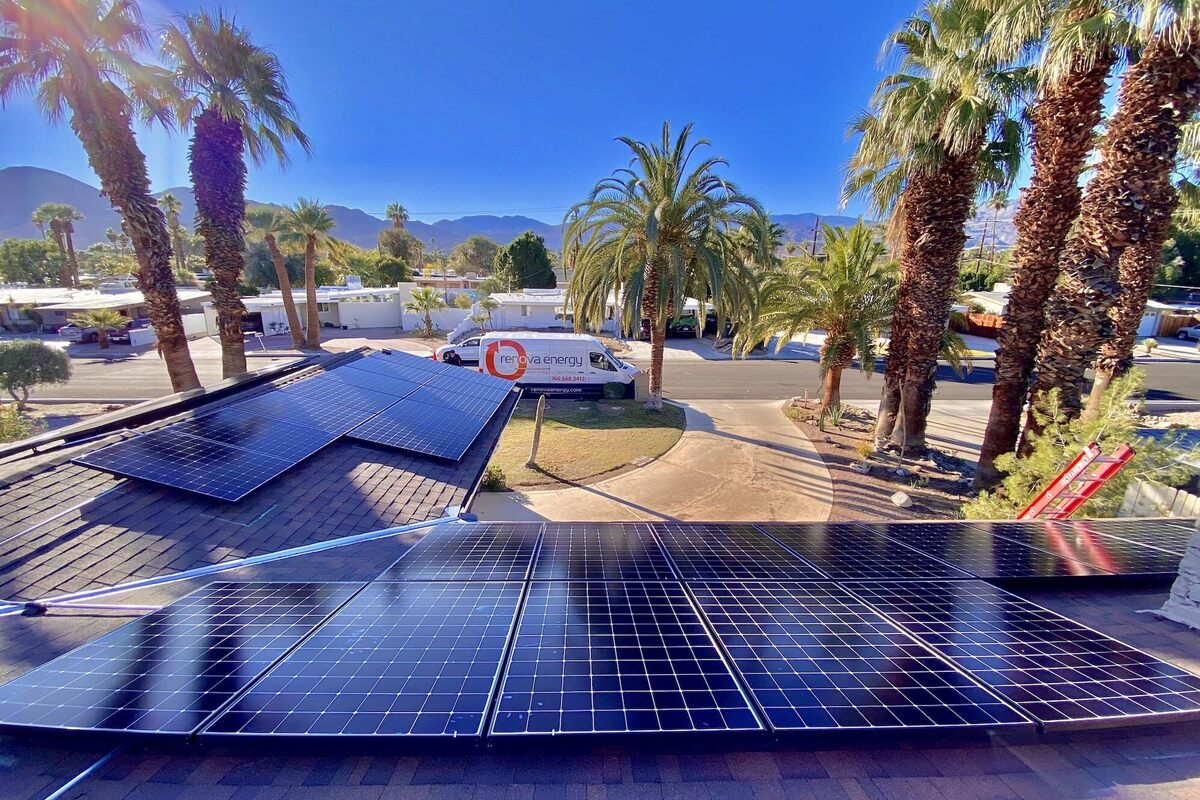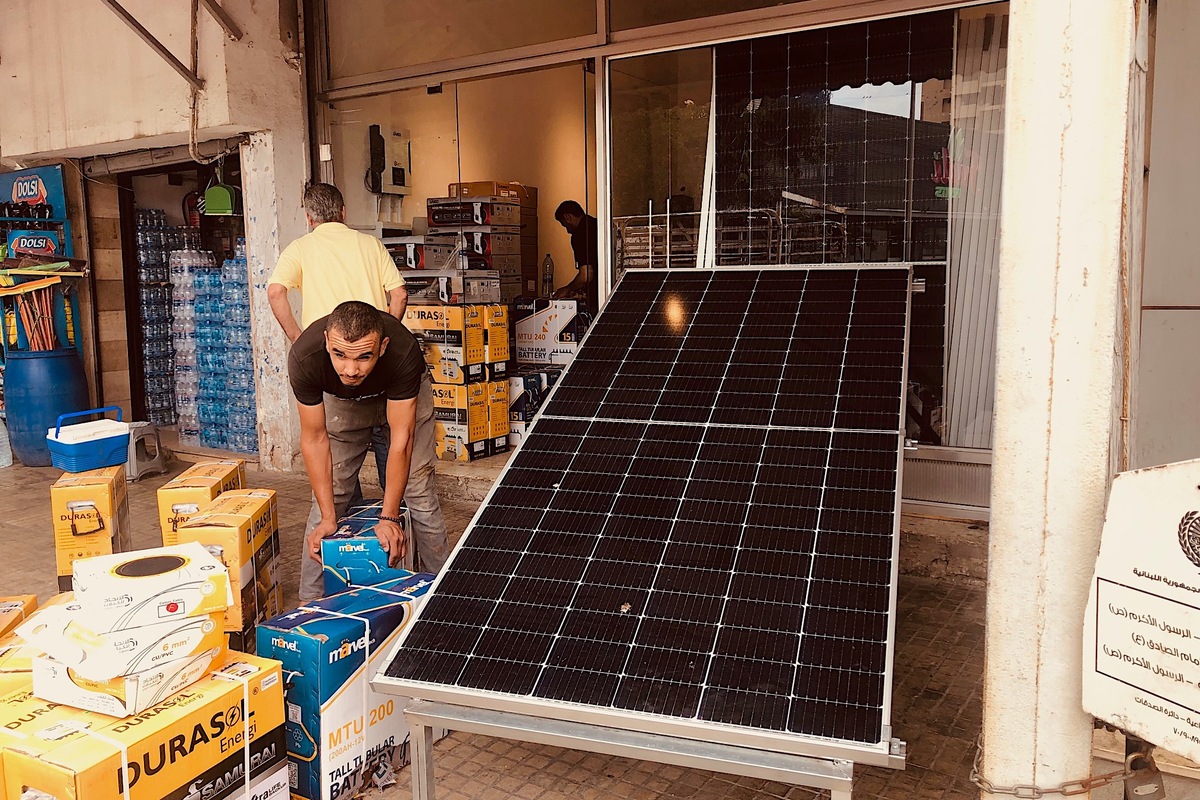With its strong sunshine and abundant energy resources, Texas has seen a significant increase in the popularity of solar energy.
As the largest energy-producing and energy-consuming state in the U.S., Texas residents have embraced sustainable sources of energy to maintain the state’s leading position in the energy industry.
The combination of favorable solar conditions and a …
Category: Solar Costs & Savings
A Look at Tax Credits and Solar Incentives in Arizona
The state of Arizona has emerged as a solar leader due to its introduction of the Renewable Energy Standard and solar sales tax exemption in the early 2000s. These incentives facilitated more affordable and streamlined solar energy adoption for residents. The Solar Energy Industries Association reports a 4% decline in prices over the past five years.
In 2006, the Arizona Corporation Commission sanctioned the renewable energy standard and tariff, aiming to mandate that regulated electric utilities produce 15% of their energy from renewable sources by 2025….
A Guide to Solar Incentives and Tax Credits in Florida
Florida’s average of 237 sunny days per year isn’t the only factor that makes it an attractive location for solar panel installation.
The state also offers additional incentives that can help reduce the initial investment, contributing to its ranking as the third highest state in terms of solar energy capacity, as indicated in the 2021 report from the Solar Energy Industries Association.
…
Your Guide to Unlocking Solar Savings in California
California has been an advocate for solar energy in the U.S. In 1976, the state passed laws to encourage solar investments, and later legislation prevented community associations from banning solar systems.
Now, the state is the top solar producer in the country, generating about 33% of the U.S. solar supply. The state offers incentives and has ambitious renewable energy goals, aiming for 100% clean energy by 2045. This proactive approach…
Your Ultimate Guide to the Federal Solar Energy Tax Credit
A solar panel installation on your property makes you eligible for a federal tax credit, which essentially reduces the amount you owe in income taxes.
The Solar Investment Tax Credit (ITC) was established by the federal government in 2006. Since its inception, the U.S. solar industry has experienced remarkable growth, expanding by over 10,000%. This growth has been sustained with an average annual increase of 50% over the past…
The Average Cost of a Tesla Solar Roof
The Tesla Solar Roof introduces an eco-friendly and energy-efficient solution for modern roofing needs. This roofing system features solar glass shingles and an integrated Powerwall battery to store the energy generated.
While it comes with a substantial price tag, it aims to provide long-term savings by significantly reducing or even eliminating a homeowner’s electricity expenses.
…
Average Cost of Solar Panels in 2023
he average cost of solar panels is approximately $16,000, spanning a range from $4,500 to $36,000, contingent upon the specific type and model.
While solar panels can undoubtedly lead to significant energy cost savings, being aware of the initial investment required for solar panel installation is essential for budgeting purposes.
Cost by Type
…
Typical Savings that Solar Panels Bring to the Average Homeowner
The adoption of residential solar installations has gained substantial popularity in recent decades, driven by the potential for consumers to both minimize their carbon footprint and cut down on monthly electricity bills.
However, the extent of these savings can differ significantly based on factors such as geographic location, specific product choices, and a multitude of other variables.
In this article, we’ll look at how much you can potentially save with solar panels.
…








